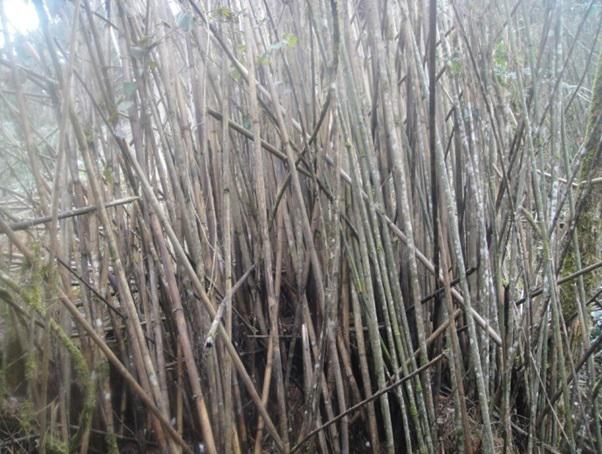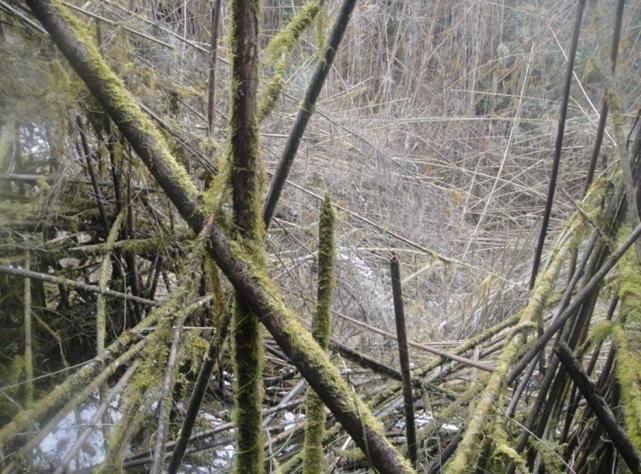Kesang Wangchuk
Aims of the project are to document habitat type use by the red panda including mapping of bamboo. And documentation of current and potential threats which would facilitate initiation of appropriate conservation programs.

Results of flowering.
The red panda is a unique carnivore that has adapted to the herbivore mode of life and is a resident of Himalayan mountain ranges (Yongzon & Hunter, 1991). Like its phylogenetic position, status of the red panda in wild has also been a matter of great discussion and speculation for over a long period (Wei & Zhang, 2011). But IUCN has reassessed the global status of red panda and placed it under the vulnerable category and they presume that the global number of red panda across its range - spanning from Nepal to Sichuan province of China through India (Sikkim, West Bengal [Darjeeling district only], Arunachal Pradesh and Meghalaya), Bhutan and Myanmar, could number to 10,000 individuals (Pradhan et al., 2001; Wei & Zhang, 2011).

Jigme Singye Wangchuck National Park is a very important red panda habitat and is a part of a contiguous conservation area from Indian Manas Tiger Reserve and Royal Manas National Park, which is among the largest in South Asia and represents the full range of habitats from the plains to the alpine zone.
Little is known about the habitat status and conservation threats of red panda (Ailurus fulgen) in the park and in Bhutan although it is listed as the protected species under the Schedule-I of the Forest and Nature Conservation Act of Bhutan. It is also one of the protected species in Nepal, China, Myanmar and India, endangered species under IUCN and is in Appendix – I of CITES. However, there is increasing evidence that the red panda is rare and patchily distributed and is continuing to decline in the region. The habitat status and conservation threats study is found crucial and timely.
Therefore, this would help in development of methodology to quantify, and detect habitat and primary food. Different remote sensing image classifiers will be used for mapping land cover and bamboo coverage, finally to map the preferred habitat map of the red panda. This would furnish good baseline information to initiate conservation and management programs to conserve the red panda.